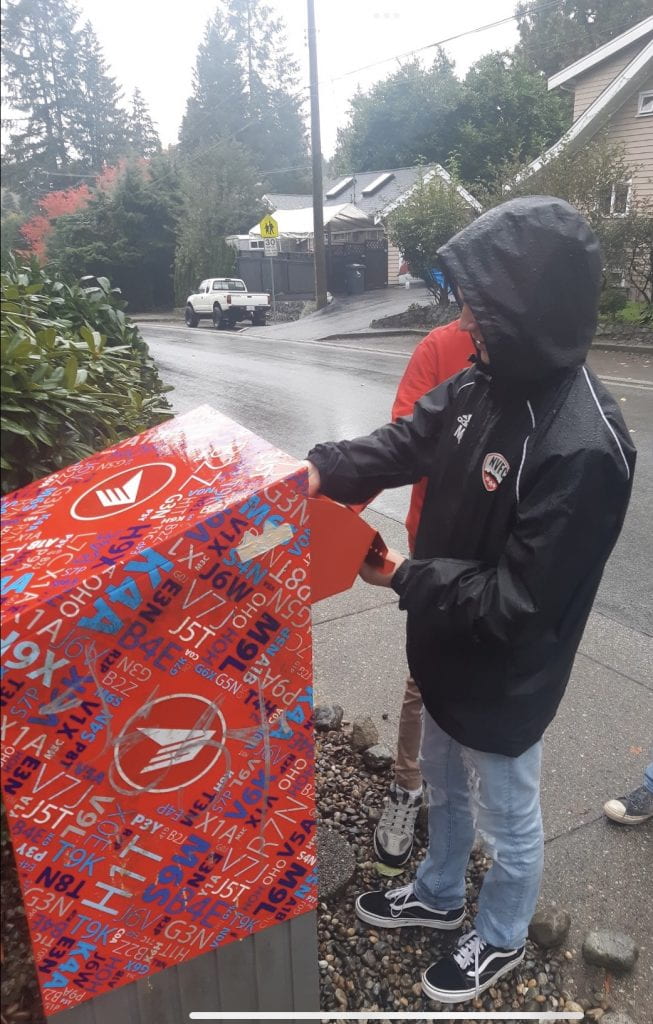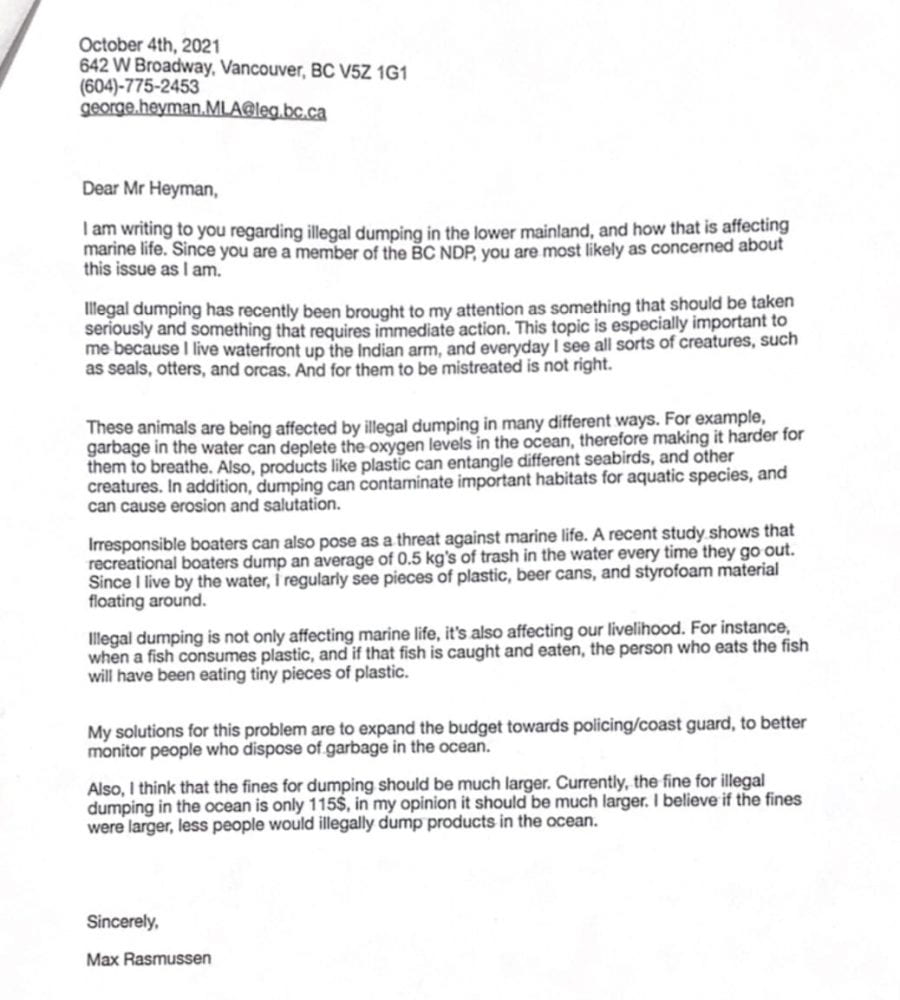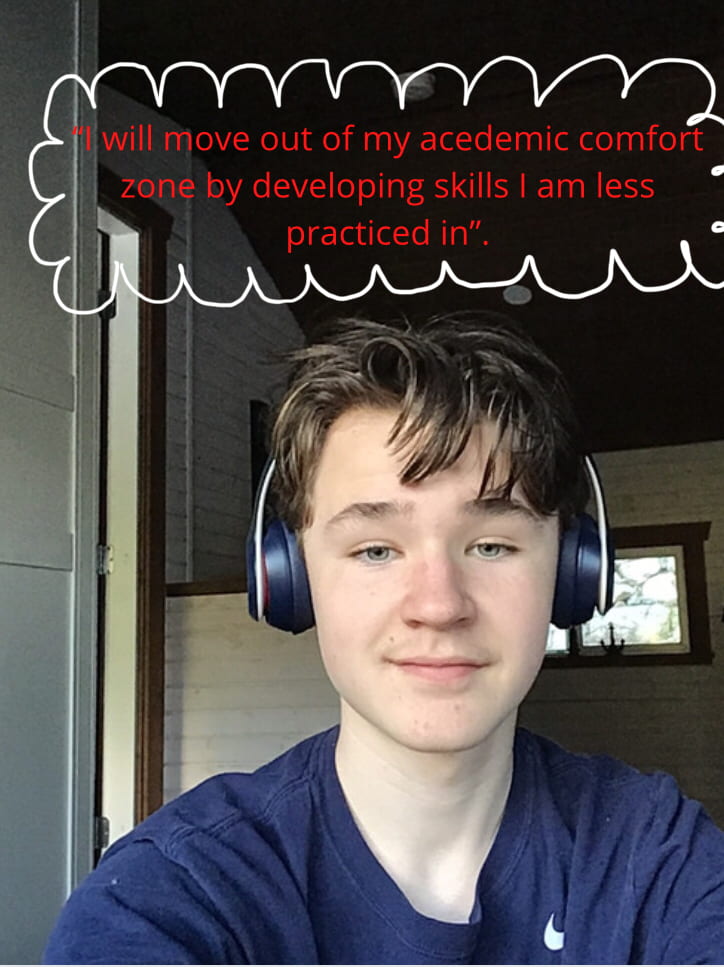Hello Teachers and parents, and welcome to my Mid Year Presentation of Learning.
Thank you for coming to my presentation of learning. I am the expert on my own learning. I am also responsible and accountable for own learning. You can expect me to give an honest evaluation of my progress. We will discuss my strengths and opportunities for growth. Thank you in advance for listening and for offering feedback that I can use to improve as a learner.
First, I’m going to talk about my growth in Humanities.
Humanities:
So far this year, we’ve completed three humanities projects: People and the Environment, which was a project about writing letters to government officials/organizations, that were about an issue that was important to us. Revolutions on Trial, which was a project about researching revolutions. In this project we had “mock trials” for each revolution. I was in the Xinhai group. And most recently, Working with Words, which was about writing poetry that showed who we were right now.
Some of my strengths in Humanities are being a leader, and staying on track with the work that is assigned, I don’t think I’ve had a single late hand in all year. Moreover, I think there’s room for improvement. For example, one of my goals for next semester is to improve the structure of my blog posts. I could accomplish this by adding more media, and by being more descriptive in my posts.
To be able to reach these goals I need self-support. I have to be confident and I have to push myself to succeed. I also have to take it upon myself to improve, I could do this by asking others or researching.
To give you a better idea of what I need to work on, I’m going to talk about the skills that I want to develop this year. Like I mentioned earlier, I want to improve on my blog posts. I could do this by being more descriptive, and by enhancing my posts with media and links.
Furthermore, I think I could improve my technology skills. I could do this by exploring more apps, and by watching tutorials. I think accomplishing this goal would really help with my learning, especially in Maker.
Another one of my goals for next semester is to achieve an extending in humanities. I could do this by “thinking outside the box” in certain aspects. For example, in extending work that I’ve seen, there’s always a unique part of that piece of work. So I think if I put that extra bit of effort in, my grades will improve.
Also, I think I need to work on my communication skills. During the semester, there have been times where communication was lacking in group projects. Achieving this skill would improve the work that my group puts out to the world.
There were also times where I felt dissatisfied during the process of group projects. For example, if the workload was put onto one person, or if people were off task.
Now I’m going to talk about my growth in Scimatics.
Scimatics:
In Scimatics we’ve completed three projects. Game of Exponent Laws, which was a project about math, and creating a math game that included exponents. Correlation vs. Causation, which was a project about creating graphs that demonstrated multiple factors. Chemistry Stories, which was about creating a animation that demonstrated the covalent and ionic bonding processes.
My strengths in Scimatics are communicating ideas well. For example, I do well in class presentations, and explaining my ideas when called upon in class. However, I could improve my math skills in this class. In the Game of exponent laws project, I felt as though it took me longer than most to understand concepts. Also, I felt behind in the project, cause I didn’t fully understand the concepts. I could improve my math skills by watching YouTube videos, or by asking Mr. Gross.
In science, I think I need to improve my “Processing and Analyzing”. For example, in the “Chemistry Stories” project I didn’t explain the “covalent bonding process well. To improve upon this skill I need to understand the concepts better. Again, I could do this by watching videos, and by reading the science textbook more throughly.
Like in Humanities, I think I need to work on communication skills. For example, there was a time during the “Game of exponent laws project” where the communication between my partner and I was lacking. It was a weekend and I didn’t know that we were supposed to do anything for homework. And on Monday, my partner pulls up with these nice paper mache towers, (for our game board). It just made me feel bad cause I coulda made some as well, its a group project for a reason!!
Now I’m going to talk about my Dispositions, Habits, and Systems.
Dispositions, Habits, and Systems:
In my mind, a good disposition is where someone wants to change for the better and someone that puts in the extra work. To add, this person believes in themselves and finds the time to work on their goals.
I need to also work on my habits. I need to find the time for meeting my academic goals. I have to find time between my soccer, choir, and other activities. Also, I have to be more productive and take advantage of my work time. Coming to tutorial time is a good idea as well.
I could develop a homework system that abides by my schedule. Again this includes going to tutorial.
Now I’m going to talk about Maker.
Maker:
Although we haven’t done Maker yet this year, I think it’s important to mention my goals for Maker coming up.
The project we have coming up for Maker is called “Destination Imagination”. We did this project last year, however this year it’ll be in person.
Like in Humanities and Scimatics, communication is a big part of “DI”. The thing about DI is that there’s so many components and keystones, so communication is key.
Also, having a growth mindset is key in this project. DI is a very demanding project so It can be lots for students. So I think having a positive attitude is key for being successful in this project.
To summarize, I have lots of goals for next semester. These include communication, Processing and Analyzing, growth mindset, and having a positive attitude in any project that I do. I can accomplish this by putting the time in after school, by getting help from teachers, and by developing specific systems.
























